Home > Climate News >
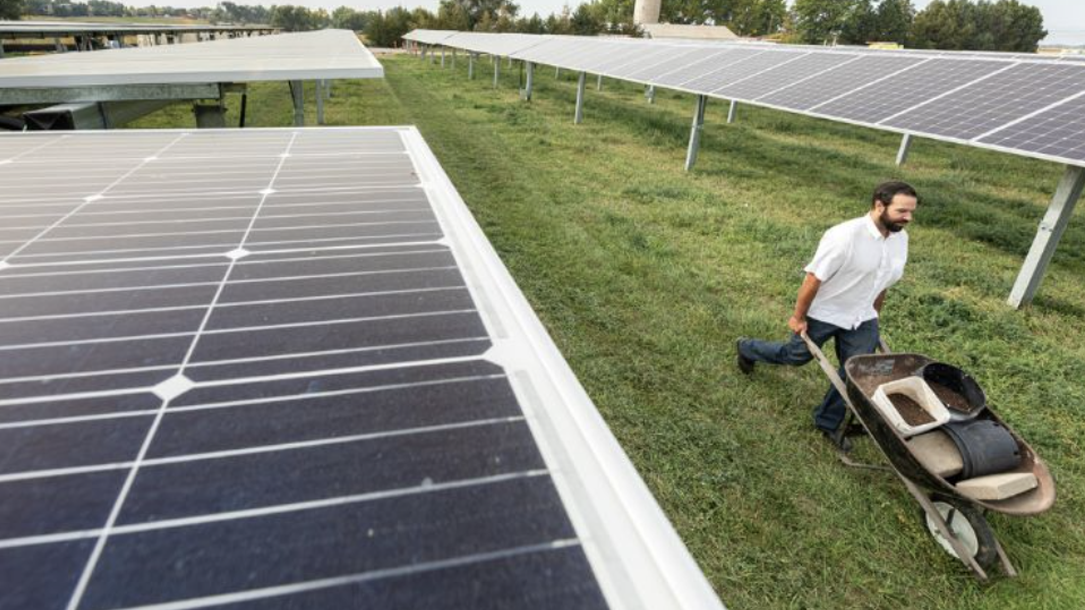
New Jersey approves pilot program to demonstrate feasibility of agrivoltaics
The New Jersey Board of Public Utilities (NJBPU) has approved an agreement with the Rutgers University Agrivoltaics Program (RAP) to facilitate the development and implementation of a Dual-Use Solar Energy Pilot Program over the next three years.
The pilot program will provide incentives to solar electric generation facilities located on unpreserved farmland that plan to maintain the land’s active agricultural or horticultural use. Dual-use solar can provide farmers with an additional stream of revenue, assisting with farm financial viability enabling continued agricultural or horticultural production of land while also increasing the statewide production of clean energy…
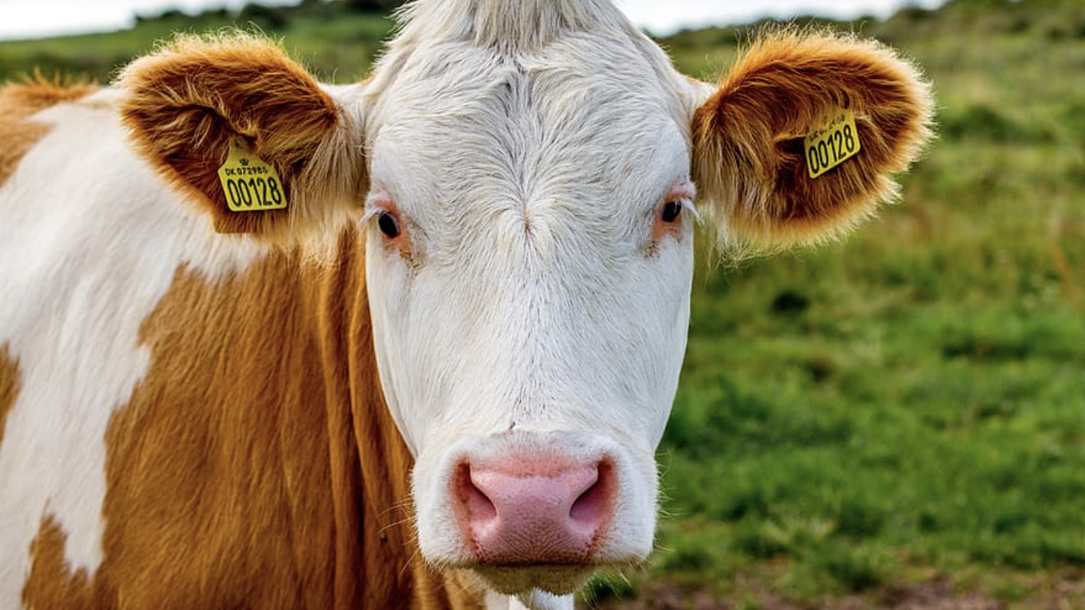
Research report: Antibiotics and temperature interact to disrupt soil communities and nutrient cycling
Soils contain immense diversity and support terrestrial ecosystem functions, but they face both anthropogenic and environmental stressors. While many studies have examined the influence of individual stressors on soils, how these perturbations will interact to shape soil communities and their ability to cycle nutrients is far less resolved. Here, we hypothesized that when soils experience multiple stressors their ability to maintain connected and stable communities is disrupted, leading to shifts in C and N pools.

Climate Change in the American Mind: Politics & Policy, December 2022
This report is based on findings from a nationally representative survey – Climate Change in the American Mind – conducted jointly by the Yale Program on Climate Change Communication and the George Mason University Center for Climate Change Communication. Interview dates: December 2 –12, 2022. Interviews: 1,085 adults (18+), 938 of whom are registered to vote.

Can agriculture and solar co-exist?
As New York faces a future that includes wetter winters, and periods of more frequent droughts during the summer, farming continues to be a challenging livelihood. For many farmers looking to retire, as well as new or younger farmers, the economics of agriculture is increasingly a focal point as they plan their future. According to American Farmland Trust’s Farms Under Threat report, New York lost over a quarter million acres of farmland in sixteen years (2000 – 2016).
The loss of NY’s farmland is concerning. But imagine if farmers had an income stream that helped cover rough years caused by drought, flooding, and erratic weather. That’s part of a shift underway to rethink solar development that works for farmers and farming, rather than taking land out of production.
While I think we can all agree that no one wants to see solar panels on good farmland if it takes that farmland out of production, Farmer First Solar changes that paradigm and prioritizes designs that allow for greater farming options, increased farm viability, and soil health…

Nicole Braddock honored as 2023 Solano County climate crisis champion
U.S. Rep. Mike Thompson named Nicole Braddock (Solano Land Trust’s Executive Director) the 2023 Solano County Climate Crisis Champion for California’s Fourth District….Braddock stresses the importance that “all children should have equitable access to outdoor programming. Also, Braddock sees her work as “bridge building.”
“Conservation is apolitical, but sometimes when the word ‘climate’ enters the conversation, it starts to become political,” Braddock says. “I want to make sure that all people are a part of the solution. What Solano Land Trust and I stand for is bringing people together to work on the solution together and talk to each other, that’s when all the possibilities open.”

Forterra: Modular prototype homes
The Modular Prototype of ModPro is the building block for the Forest to Home model and the first cross-laminated timber (CLT) modular multi-family home prototype constructed in the United States. Created in partnership with Zaugg AG Rohrbach, a leading timber construction and manufacturing company from Switzerland, ModPro was assembled, plumbed, and furnished in just 22 days.

The impact of climate change in the Pacific Northwest
“Instead of feeling overwhelmed, it helps focus on the things we can control. To address climate change, we need to reduce our emissions and increase carbon sequestration. Forterra’s approach is two-fold: restoring our ecosystems, which are natural carbon sinks, and facilitating sustainable new development that both builds social equity and has a smaller carbon footprint.
“Through our community real estate program, we apply our expertise in negotiation, financing, and entitlement to support local communities in fostering well-being. One example of this is cross-laminated timber (CLT), a wood panel product made by gluing together layers of lumber stacked in alternating perpendicular directions. CLT reduces the cost of construction to make homes more affordable, creates new jobs in struggling rural communities, enhances forest health and stores more carbon when paired with sustainable harvesting. Learn about our work with a CLT modular prototype here…”
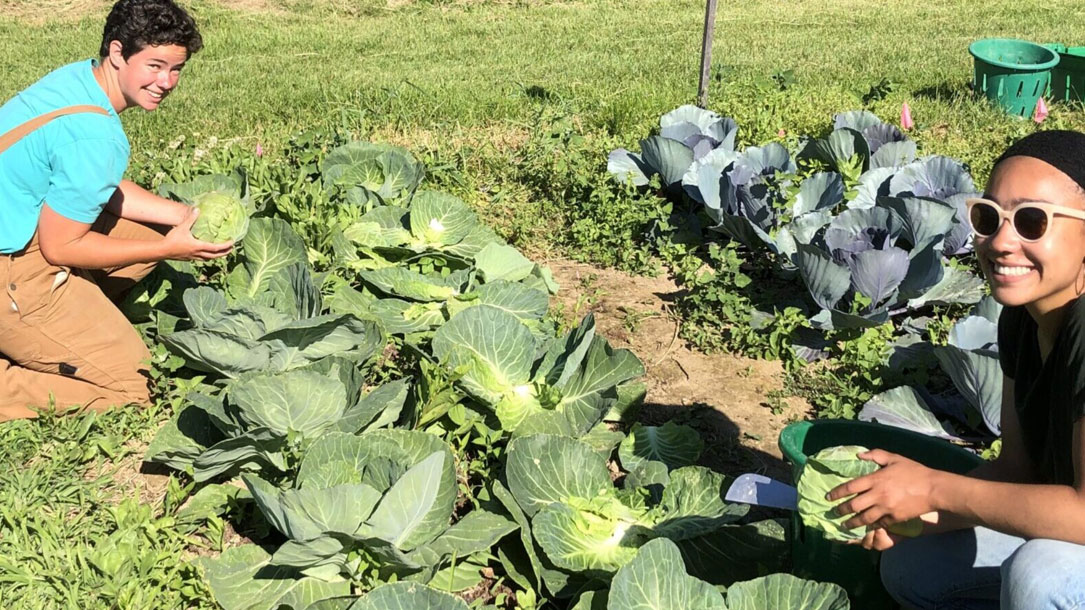
Farming with climate change in mind
“A major contributor to climate change is carbon dioxide in the atmosphere. Thankfully, trees, plants, and soils can draw carbon dioxide out of the atmosphere and respirate out oxygen. (That’s one of the many reasons why we love them so much!)
“As farmers, we’re particularly focused on regenerative agriculture, and making our soils as effective as possible at storing carbon.
“At Erickson Fields, where we grow vegetables, we avoid annual row crop farming…”
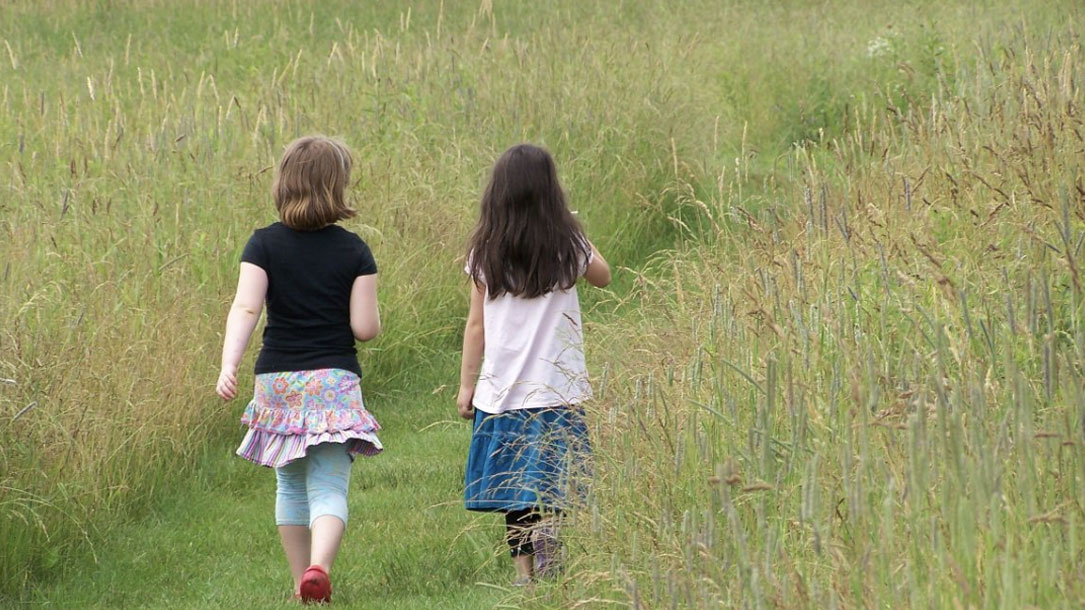
Climate change is here. Nature-based solutions can help.
Openlands works across the Chicago metropolitan region to advance nature-based solutions to climate change, improve the health and well-being of communities, and create a more verdant region for all.
Learn more about [their] work and how you can get involved to help make a more sustainable, equitable region with Openlands…
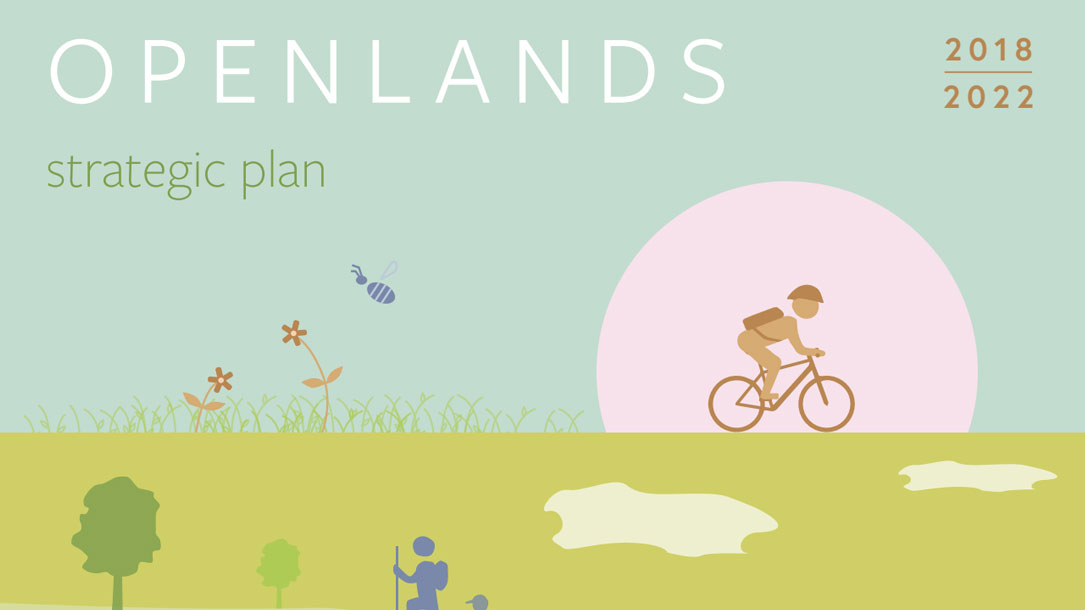
Openlands strategic plan
Openlands’ vision for the region is a landscape that includes a vast network of land and water trails, tree-lined streets, and intimate public gardens within easy reach of every city dweller. It also includes parks and preserves big enough to provide natural habitat and to give visitors a sense of the vast prairies, woodlands, and wetlands that were here before the cities. In sum, Openlands believes that protected open space is critical for the quality of life of our region.












